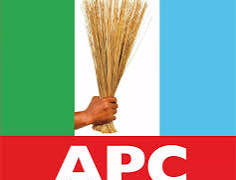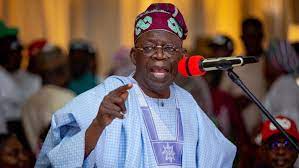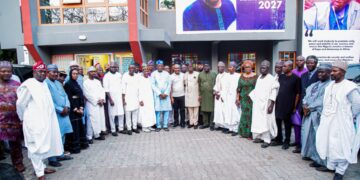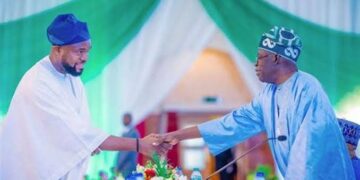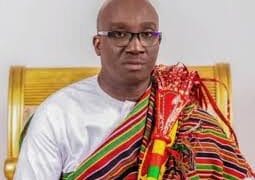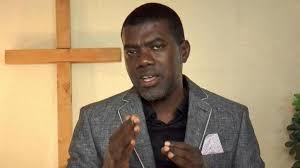Former presidential aide, Reno Omokri has said that it was untrue that the Igbos built Lagos.
Omokri in a post via his verified X account argued that Lagos had been the most developed part of Nigeria for over 150 years.
He stated that while reacting to a video of someone who styled himself as an Eze Igbo in Lagos and claiming that Igbos built Lagos, and he specifically mentioned Sir Louis Odumegwu Ojukwu.
Omokri stated: “Our Igbo brothers and sisters are much loved and wanted in all parts of Nigeria. The Federal Government should hunt down and arrest anyone making them feel unwelcome in any part of Nigeria.
“However, to ensure that this revision of history does not go unchallenged, it is untrue that the Igbos built Lagos. Lagos has been the most developed part of Nigeria for over 150 years.
“For example, please fact-check me: Carter Bridge was built in 1901 by the then colonial Governor of Lagos, Sir Gilbert Thomas Carter, because of the heavy vehicular traffic in Lagos Island, which was causing traffic congestion.
“How can you claim to have built a metropolis that already had traffic jams in 1901? As of 1901, there were more cars in Lagos than in the rest of Nigeria combined.
“Mind you, this was long before oil was discovered in Nigeria. When Carter Bridge was completed, only Lagos, Ibadan, Lokoja, Kano, and Benin had sufficient municipal administration, population density, and infrastructural development to be called cities.
“Almost everywhere except for old Sokoto, Ile-Ife, Port Harcourt, Warri, and Abeokuta were little more than large villages.
“Anybody that came to Lagos after 1901 came to an already developed metropolis with bridges, expressways, Nigeria’s first electric power plant, built in Lagos in 1886, ports, courts, housing estates, public utilities, streetlights, sewage and drainages, and other modern infrastructure.
“I do not know where the Eze Igbo got his information. However, it is not factual.
“Many people like him cite Sir Louis Odumegwu Ojukwu because he was the first President of the Lagos Stock Exchange, which makes them erroneously think he built Lagos.
“The Lagos Stock Exchange was founded by Chief Akintola Williams, the famous accountant from the illustrious Williams family. Others included Chief Adebayo Doherty, Sir Louis Odumegwu Ojukwu and Alhaji Shehu Bukar.
“The other promoters elected Sir Louis as the first President, not because he had the highest shares, but because it was a titular position they did not want.
“When the LSE was founded, Sir Louis was neither the wealthiest man in Lagos nor Nigeria.
“Sanusi Dantata, the son of Alhaji Alhassan Dantata, was acknowledged by Time Magazine as the wealthiest person in Nigeria by the 1960s, and he was also a resident of Lagos and Kano. Read it here yourself content.time.com/time/subscribe…
“His father, Alhassan Dantata, was the wealthiest man in West Africa. Nobody can collectively be credited with building Lagos other than the Yoruba. But If any one man can be given such a credit,it would be Sir Mobolaji Bank Anthony.
“The late Mobolaji Bank Anthony was the second richest Nigerian of the time. He single-handedly built the Ikeja General Hospital and donated it to the public for free healthcare. He previously built much of what became known as the National Orthopaedic Hospital, Igbobi, and also donated it to the public.
“Since the claims about Lagos being a No Man’s Land developed by the Igbos have resurfaced, it is again necessary to republish a record of the ethnic breakdown of the population of Lagos as of 1891 from the colonial office in London.
“This document is still available via the Foreign and Commonwealth Office, London. It is sourced from John Payne’s book, Table of Principal Events in Yoruba History, published by A. M. Thomas in 1893. The book is still available for purchase in antique bookstores, for those who would like to fact-check me.”

